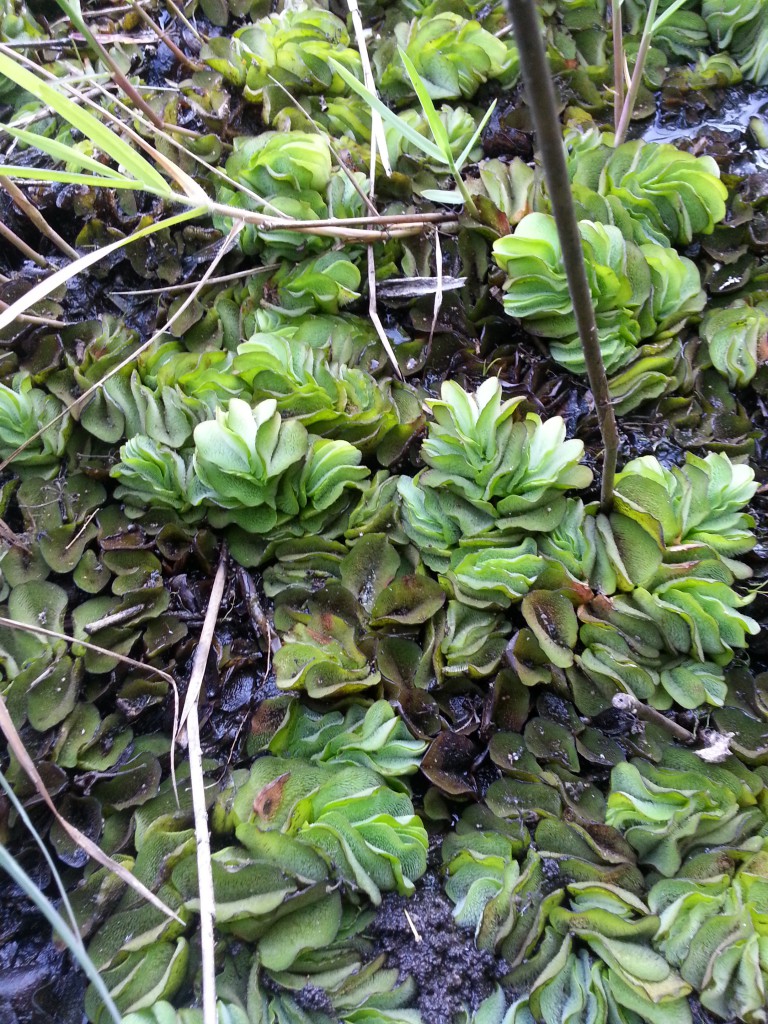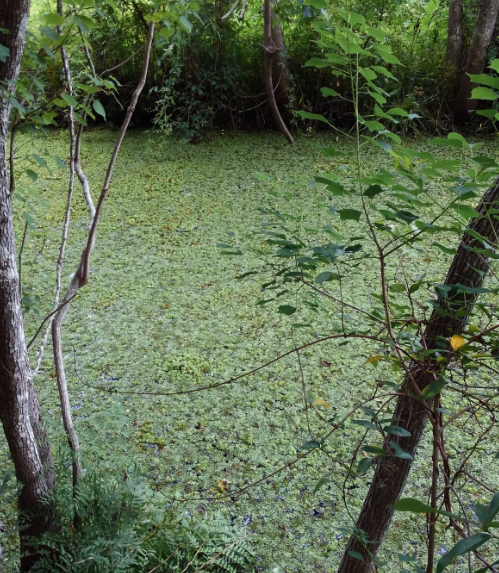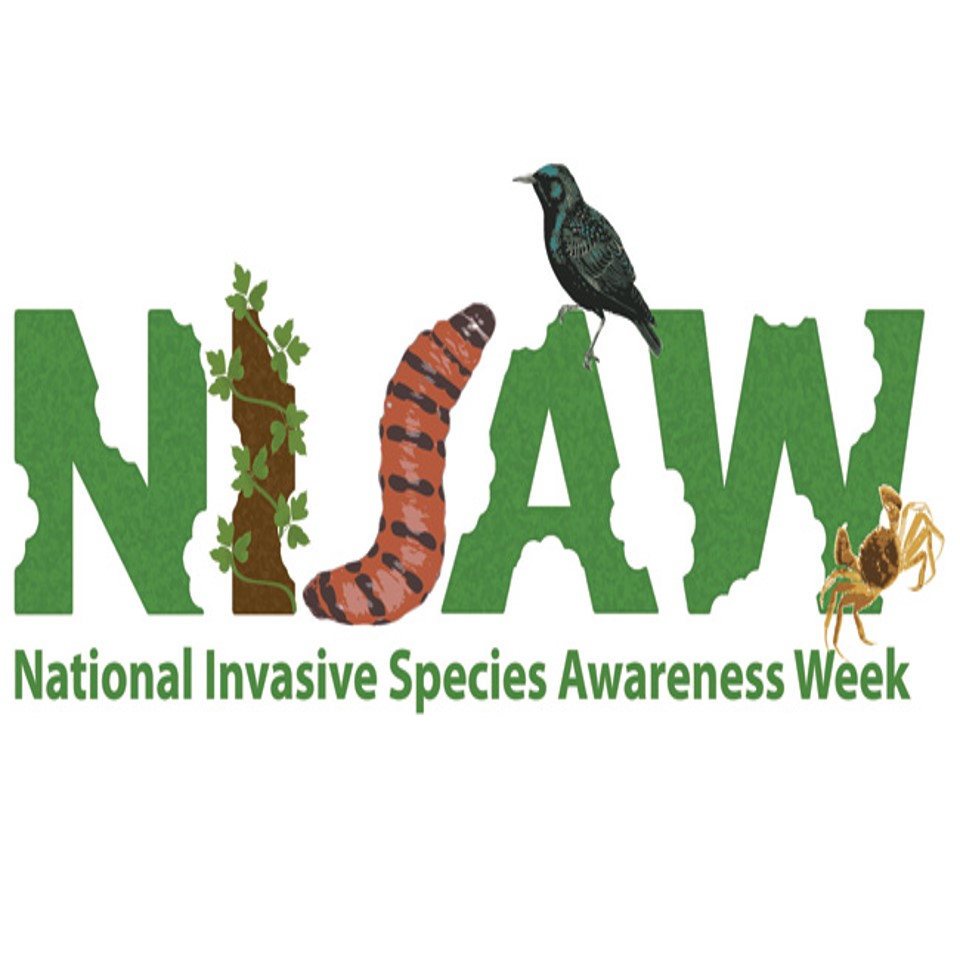National Invasive Species Awareness Week
ARE YOU AWARE THAT GIANT SALVINIA HAS BEEN FOUND IN THE FLORIDA PANHANDLE?
Most likely not.
The number of reports in the entire of Florida are very few. So, unless you live near one of the infested areas you are most likely not aware of this invasive plant.
This is an EDRR species with reason for concern.
The first record of this plant in the Pensacola area was in 2018. I was called to a local residence to discuss a possible living shoreline when we observed giant salvinia (Salvinia molesta) floating on the west arm of Bayou Chico. Further investigation found the plant inhabiting the north arm of Bayou Chico as well as the Jackson Lake area. Though not reported on EDDMapS, we now know the plant has moved into the retention pond at nearby Lexington Terrace. There are currently nine records of this plant in that area, but we know that the plant covers much of that waterbody.

At that time, I checked EDDMapS for other records in Florida. There was a report from Bay and one from Gadsden Counties. I did note that there were large infestations in Louisiana and Texas. There were also posts and videos from Texas explaining the bad situation they had and how residents there could help. The concern was so high from those states that the Florida Fish and Wildlife Conservation Commission formed a small team, based out of Bay County, to battle this plant and reduce its chance of spreading here. A true EDRR effort. That team is very present in Escambia County with constant survey and treatment projects ongoing.
A couple of years ago I was heading out west to camp. Our first stop was at Lake Bistineau near Shreveport LA. After setting up camp we walked down to the lake and witnessed a lake completely covered with small floating plants. No water could be seen. I did see a floating screen holding the floating plant outside of the swimming area. We walked onto a dock set up for fishing but there was no way you could fish there. The plant was so thick it would be impossible to get your bait below the surface. Then it hit me… this was giant salvinia – the plant FWC and local counties were working on controlling. I could see firsthand what would happen if we did nothing. From the dock I walked over to the swimming area and found a sign informing everyone about the potential threat of this plant and to be very careful NOT to take it with you to another area of the lake, or another body of water. After returning home, I worked with our county to educate the public about this plant, how to identify, report, and manage it.

Giant salvinia is originally from Brazil and Argentina. It resembles our native duckweed but the leaves are larger – 0.5-1.0 inches long. It was intentionally brought here as an aquatic ornamental plant. It prefers freshwater with little or no movement and high in nutrients. We already mentioned how it can impede fishing and swimming – but it also blocks sunlight needed for submerged grasses and, during decomposition, can lower the dissolved oxygen within the water to levels lethal to fish and invertebrates.
The nine records in Pensacola, one in Panama City, and one in near Quincy have now been joined by 12 other records in Florida. Nine are in Jacksonville, two near Naples, and one near Lakeland. It has also been reported in South Carolina, Georgia, Alabama, Mississippi, Louisiana, Texas, and the California/Arizona state line.
This is not a plant we want to spread across our state, EDRR is very important here.
What can you do to help?
- Report any possible sighting to your local county extension office. If you are not sure if it is the plant – report anyway, someone will come out to verify the identification.
- If it is small patches, remove from the water using a crab net, or swimming pool skimmer, place the plant out in the yard in direct sunlight to dry and kill it. It can then be double bagged and thrown in the trash.
- If there are large areas covered with the plant, again, contact your county extension office who will connect with the FWC team to begin treatments.
As always, if you have any questions about this, or any other invasive species, contact your county extension office.

- Tips for Bear Encounters this Fall - November 10, 2025
- Pensacola Bay Invasive Species Summer Survey 2025 - November 3, 2025
- Our Environment: Part 24 – Our Changing Climate - November 3, 2025
